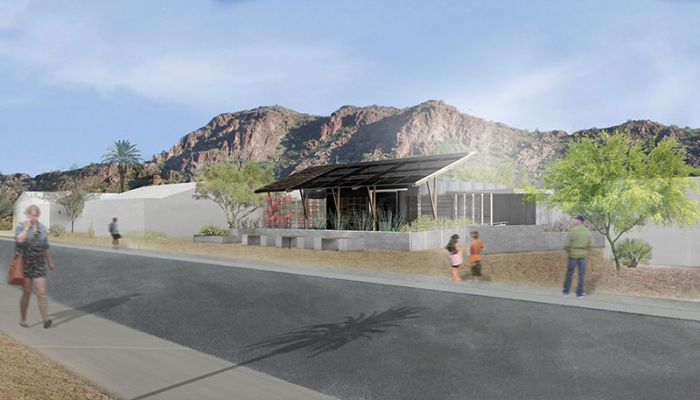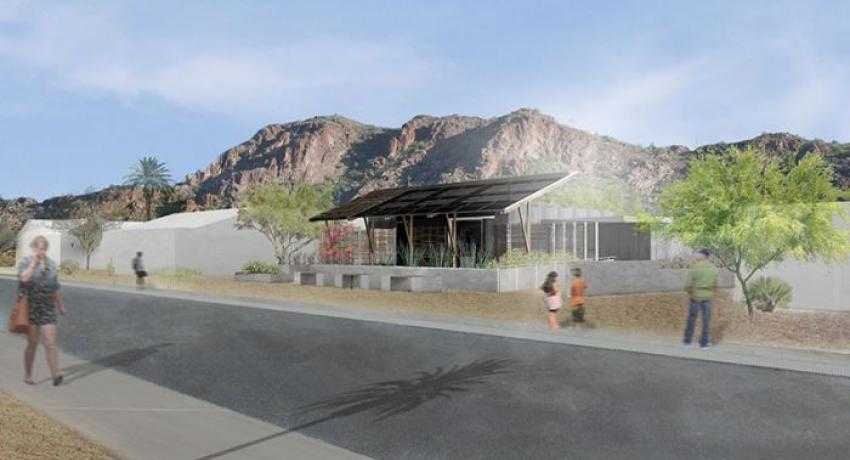SolarWorld sponsors 2 US Solar Decathlon teams with its modules
 Today (May 7) SolarWorld announced that it will sponsor two US Solar Decathlon teams with its PV modules. The Arizona State University and University of New Mexico joint SHADE project will use SolarWorld modules, as will West Virginia University’s PEAK project.
Today (May 7) SolarWorld announced that it will sponsor two US Solar Decathlon teams with its PV modules. The Arizona State University and University of New Mexico joint SHADE project will use SolarWorld modules, as will West Virginia University’s PEAK project.
“SolarWorld fully grasps the power of new ideas,” said Kevin Kilkelly, president of SolarWorld Americas, the company’s commercial unit, based in Camarillo. “So we want to encourage innovation in this competitive showcase of residential solar concepts that comes just once every two years.”
The two homes represent radically different approaches designed for their respective environs. SHADE (Solar Homes Adapting for Desert Equilibrium) team is designed as a home ready for infill projects in desert cities like Phoenix, Ariz., and Albuquerque, N.M. The SHADE house is designed, according to the team, to allow for flexibility and microclimates within the space. One of it’s features is a solar shade structure instead of a solar roof. “By liberating the solar panels from the roof and placing them on a secondary canopy structure, in front of the house, above the patio space, we’ve created a unique phenomenon,” said SHADE’s Architectural Project Manager John Cribbs.
Meanwhile PEAK (Preserving Energy with Appalachian Knowledge) is designed with a more rustic appeal that hails back to the log-cabin aesthetic of the region while incorporating passive and active energy efficiency technologies. West Virginia University’s team partnered with students at the University of Rome Tor Vergata for extra experience in the design process.
Given that the Solar Decathlon is moving for the first time, the differing designs may or may not have a bigger impact on how well the homes perform in the 10 tests. In the past it had been located in Washington, D.C., where it was easily accessible by visitors from the Capitol, but the weather often hampered a home’s abilities to perform at their peak abilities. This year the event heads to Orange County Great Park in California where it’s likely to see sunnier days this October.
This year the 10 tests will be consist of five juried and five measured tests. The juried tests include an architecture contest, a market appeal contest, an engineering contest and a communications contest. The measured contests will consist of a comfort zone contest, a hot water contest, an appliances contest, a home entertainment contest and an energy balance contest.
As the event comes closer to happening this October more teams will likely announce their sponsors. In the meantime the student teams are busy finalizing their building plan, working with others, and/or building and testing their homes before they’re ready for the competition. Or as Cribbs put it, “Communication with our counterparts and sponsors has been ramped up ten-fold the last couple of weeks. As we construct, we are designing. As we design, we are constructing.”




